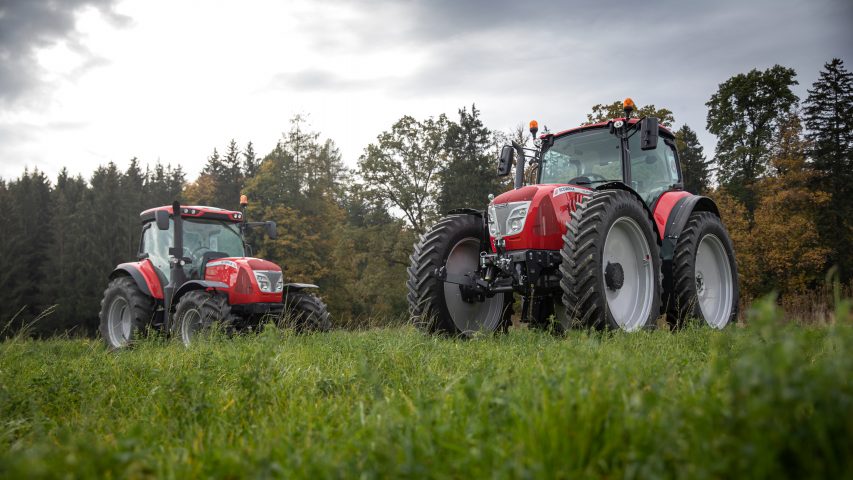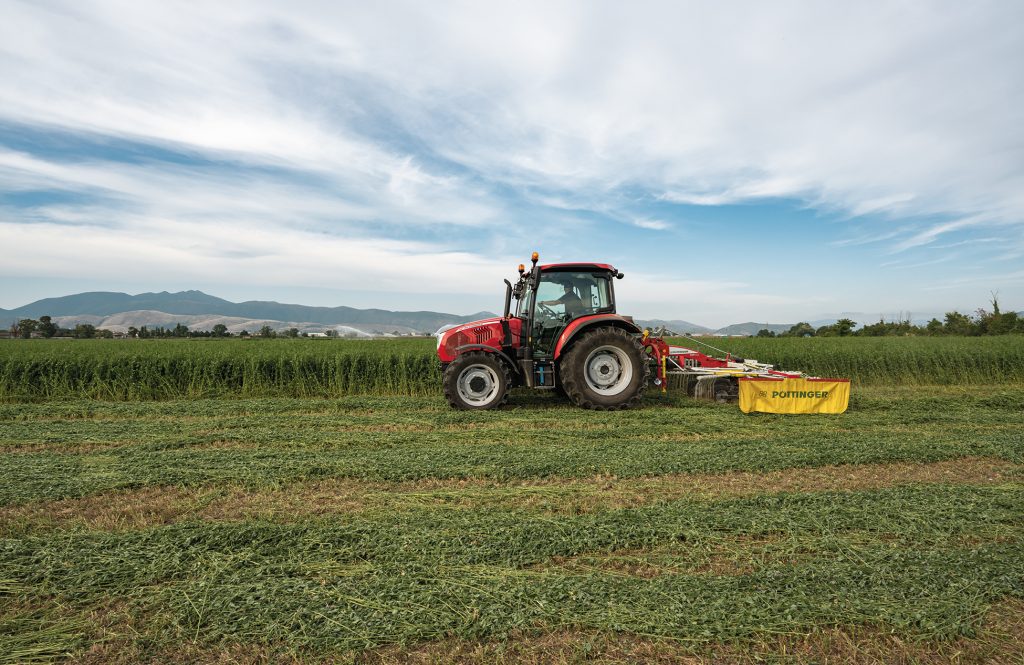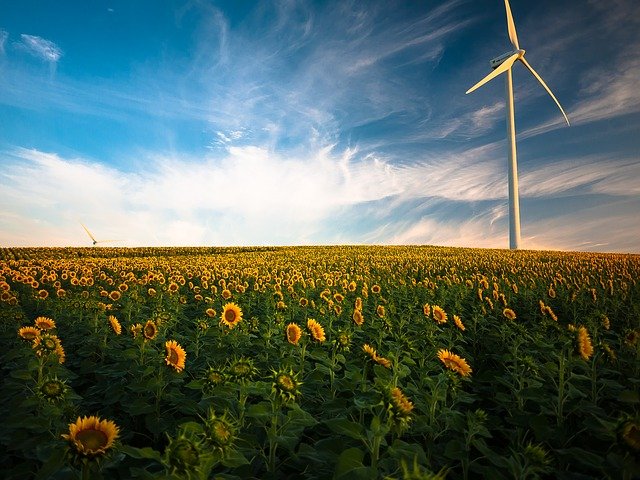New agricultural crops: evolution and market trends

The agricultural sector is rapidly changing to adapt to the different dynamics occurring in our society: many discussions are opening on the future of the sector and its next evolutions (we have talked about it here The agriculture of the future: how will production change in 2030?).
In this article, we will talk about new agricultural trends, the importance of investing in the industry today, and which crops might be profitable to focus on.
Table of contents
The agricultural sector: a world in continuous evolution
New trends in sustainable agriculture
New crops: the most interesting sectors to focus on
- Plant protein crops
- Hemp and industrial hemp
- Medicinal herbs
- Quinoa
- Small fruits
- Ginseng
- Bamboo and Paulownia
- Truffles
The agricultural sector: a world in continuous evolution
We can say that now, more than ever, the agricultural sector is going through a triple revolution: an ecological, a digital, and a cultural one.
The ever-growing and increasingly demanding world population requires agriculture to be able
- to keep up with increased demand
- to produce by respecting the environment
- to offer increasingly healthy products to consumers
- to optimise increasingly scarce natural resources
We are well aware of how central innovation is to this process. When we talk about agriculture, we must keep in mind that this is now a profoundly evolved sector that uses cutting-edge tools and technologies and the farmer becomes an entrepreneur capable of investing in profitable products in step with the needs of consumers.
Therefore, we talk about innovative agriculture, in a field in which investments and incentives are becoming increasingly large and entrepreneurial ideas know no boundaries. It is a sector that attracts growing interest, especially from the younger generations.
Technology and innovation, but also a fresh outlook will be indispensable tools for seizing the new opportunities that these changes give us.
New trends in sustainable agriculture
If for decades governments and organisations have focused their efforts on making the most typical products of our diet accessible all year round, in recent years this perspective is undergoing a radical change.
This is also due to the new sensitivity of the consumer and the needs in terms of sustainability of the sector and, more generally, of our lifestyle.
This implies a change in the vision of the entire agricultural system that is already underway and will increasingly affect
- the new crops that are needed to meet food trends
- the solutions to fight climate change
- the technological evolution of the agricultural sector
The new dietary trends have a decisive influence on the way we do agriculture: the plant component is increasing on consumer tables, while the animal component is being reduced. People are beginning to prioritise quality and diversity over quantity.
Some market sectors such as organic and short chain will become central to agricultural policy choices.
Sustainable agriculture, on the other hand, seems to be the only possible answer to population growth on earth and to climate change.
We have talked about it in this article:

New crops: the most interesting sectors to focus on
Within this global scenario, there are many firms and agricultural companies that are trying to find new solutions to remain competitive, often transforming themselves from specialised to diversified businesses.
There are several productions that are giving life to alternative agricultural businesses, being able to create new income opportunities and intercept market segments still unexplored.
It is clear that green is more than just a trend and will become central over the next decade.
In this scenario there are 3 macro-sectors to look at with interest and many expectations
- Food and medicinal sector
- Renewable energy production
- Building with raw materials for eco-sustainable constructions
Let’s now look at how these areas translate in terms of new agricultural crops that could be profitable investments in the near future.
Plant protein crops
 This term refers to all those crops grown for plant proteins such as
This term refers to all those crops grown for plant proteins such as
- protein plants (protein pea, broad and field beans, sweet lupin beans)
- protein-oleaginous (sunflower, soy, rape)
- leguminous forage (alfalfa, clover, etc.)
In recent years, the spread of movements such as Impossible Foods and Beyond Meat is prompting many companies to put themselves in a position to meet the need for new raw materials and the growing market demand.
But it is not just a matter of increased demand. These crops are able to improve production order by stimulating rotation between depleting and renewal crops. Therefore, they have multiple environmental benefits:
- they improve soil structure and fertility
- they reduce the use of synthetic fertilizers and pesticides
- they avoid the serious risks of land abandonment and/or impoverishment due to the monoculture of cereals
- they improve agricultural biodiversity through the extensive use of legumes suitable for European climatic conditions
- they contribute to greater food security, through a better balance between the production of proteins of plant and animal origin
For this reason, the new CAP 2023-2027 like the previous one, has focused on the need to provide concrete support to farmers, aimed at stimulating their production.
Hemp and industrial hemp
In the construction sector, as well as in the cosmetics one, hemp is slowly regaining space.
Hemp, in addition to being a valid substitute for plastic thanks to the use of cellulose derived from its fibres for the production of paper, can also be employed
- in the bio-building and bio-engineering sector: hemp bricks have an extraordinary ability to regulate humidity and have good insulating properties
- in the textile sector as a substitute for synthetic fibres;
- in the cosmetics and pharmaceutical industry
Also hemp seeds and oil are now used in the food sector thanks respectively to the proteins they contain which have a high biological and nutritional value (seeds) and to the richness of unsaturated fats, being ideal for a diet that prevents diseases of the cardiovascular system (oil).
Finally, it is largely used for phyto-purification and remediation of polluted sites.
Medicinal herbs
To medicinal herbs belong the three categories of plants listed below:
- medicinal plants
- aromatic plants
- scented plants

The sectors of greatest use are the food and medicinal ones, given the growing interest of the market towards natural raw materials and their beneficial properties that are making this business particularly profitable.
The benefits that growing these plants would bring are mainly two:
- meeting the domestic market demand without resorting to importing
- placing this potentially profitable type of production alongside crops that are no longer as profitable as they once were
Quinoa
Quinoa is a very resilient plant, being able to grow and produce in saline soils that would be lethal to conventional crops.
The increase in demand on the market is given by its recognised and incredible nutritional properties: it is in fact gluten-free, contains all the essential amino acids, Omega 3 and Omega 6.
In terms of profitability for farmers, Quinoa can therefore represent an interesting alternative to be included in agronomic rotations.
Small fruits
Small fruits have managed to break down the stereotype of the niche product and today it is a potentially very interesting crop that would allow farmers to diversify their production.
The sector of major use is the food one for fresh consumption but also for industrial processing for the preparation of juices, colourants, drinks, jams, syrups. Other sectors in which they are also used are the pharmaceutical and cosmetic ones.
Ginseng
With the massive popularity of ginseng coffee, this exotic root has turned into one of the most economically impacting profitable crops.
However, it should be kept in mind that the growth of the plant and of its root is very slow: a harvest cannot take place before 6-7 years
 Bamboo and Paulownia
Bamboo and Paulownia
Bamboo and Paulownia are fast-growing plants, coming from the Far East and introduced in Europe initially as ornamental plants.
Thanks to the characteristics of lightness, strength and beauty of its grain, Paulownia wood is particularly suitable for use in the construction industry.
Bamboo is applied in many other areas ranging from the production of eco-sustainable furniture materials, to its use in textiles, cosmetics and ornaments.
Truffles
The cultivation of truffles is one of the most valuable and it can surely be one of the most profitable especially if the product will be resold to the foreign market
However, one should not underestimate the complexity of truffle farming, a practice still at an experimental stage. For this reason, the first thing to evaluate in the analysis phase for starting a business is the type of soil that will have to be close to areas where truffle growth is pre-existing.
Finally, it should be considered that it is a long-term investment given the long waiting times dictated by the slow maturation of the product (about 10 years)
Infine, sarà da valutare che si tratta di un investimento a lungo termine dati i lunghi tempi di attesa dettati dalla lenta maturazione del prodotto (circa 10 anni).
